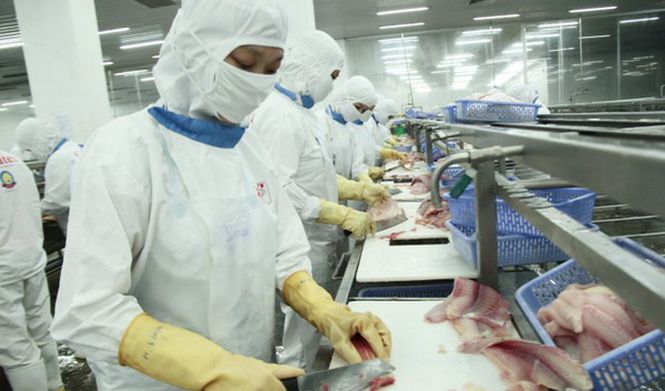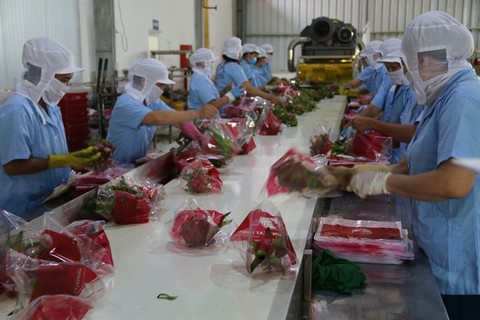Formosa to pour additional $250 million into Vietnam factory
Formosa to pour additional $250 million into Vietnam factory
Formosa Plastic Group, through its five subsidiaries, intends to pour an additional $247.88 million into the existing $10.6 billion Formosa Ha Tinh Steel complex, to increase its capacity to seven million tonnes of steel.
The investment aims to replenish Formosa Ha Tinh Steel’s operating capital, which plans to raise $500 million in the second instalment of its on-going capital injection project, according to Taipei Times.
Four of the group’s members are Formosa Plastics Corp, Nan Ya Plastics Corp., Formosa Chemicals & Fibre Corp., and Formosa Petrochemical Corp.—each holding an 11.43 per cent stake in the Vietnamese unit.
Each company is to pay about $57.17 million in the second instalment, in accordance with their shareholdings. Meanwhile, Formosa Taffeta Co., the group’s textile affiliate which holds a 3.85 per cent stake, also plans to invest $19.23 million in Formosa Ha Tinh Steel.
At the moment, the investments are awaiting approval from the board of directors of each company.
In May this year, the first blast furnace of Formosa Ha Tinh Steel came into operation with an annual capacity of 3.5 million tonnes. The second one is expected to become operational in March 2018, increasing the total capacity of the plant to seven million tonnes.
In related news, the company is expected to implement a dry coking system by 2019 that will replace the current wet coking system, which is cheaper but creates more debris.
Formosa is notorious for its environmental incident last year. Notably, in April last year, the nearly $10.6-billion Formosa Ha Tinh Steel plant leaked toxic waste that polluted more than 200 kilometres of Vietnam’s coastline, devastating sea life and local economies dependent on fishing and tourism.
Four months later, the Taiwanese company owned up to its mistake, offering a public apology and pledging $500 million as compensation for affected fishermen, households, and organisations.
Local authorities announced that the firm had corrected 52 out of the 53 operational faults that led to the environmental disaster.
Besides, one day after the firm piloted its first blast furnace, a lime kiln dust filter explosion occurred due to a broken fabric filter. It was lucky that the incident had very little impact on the pilot operation of the factory and the giant steel complex has been under strict governmental supervision since the environmental disaster last year.



















